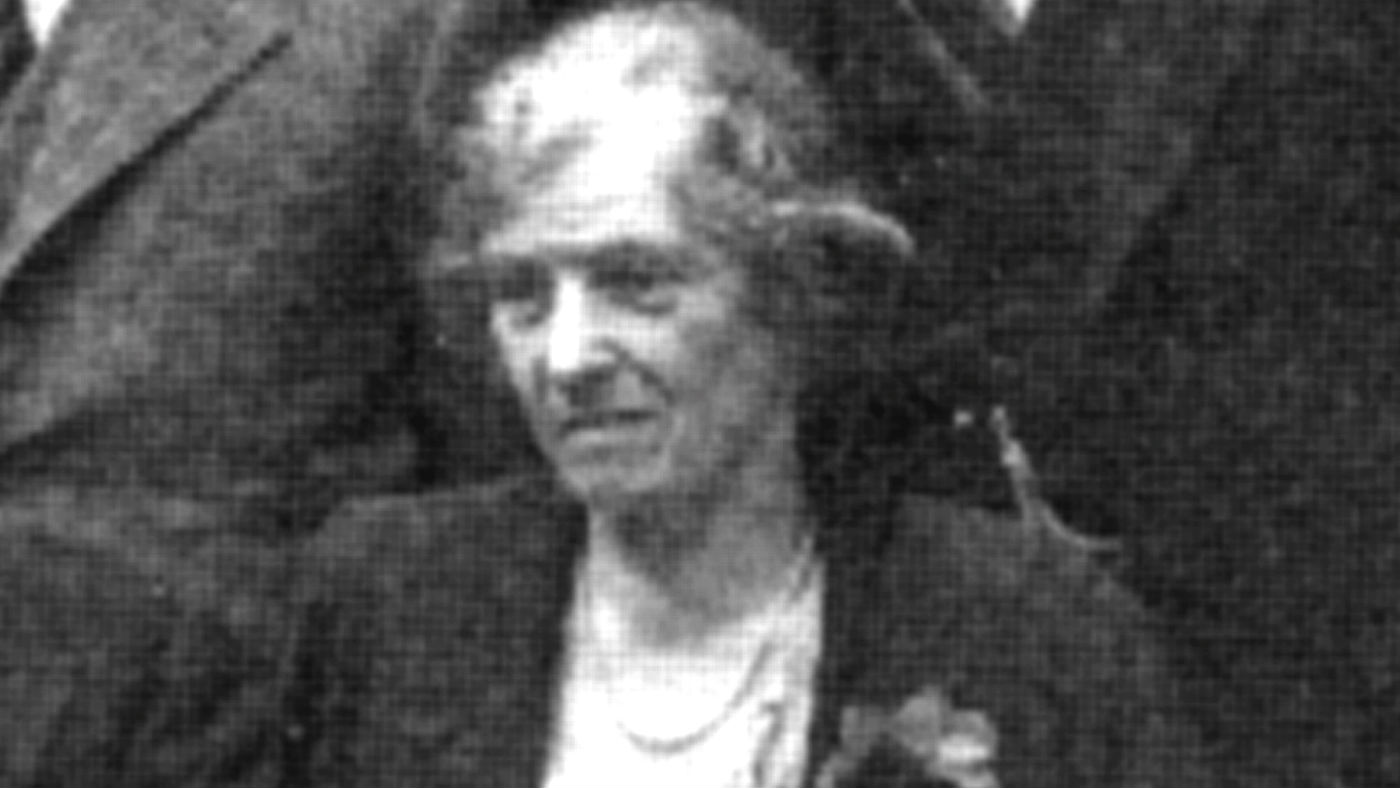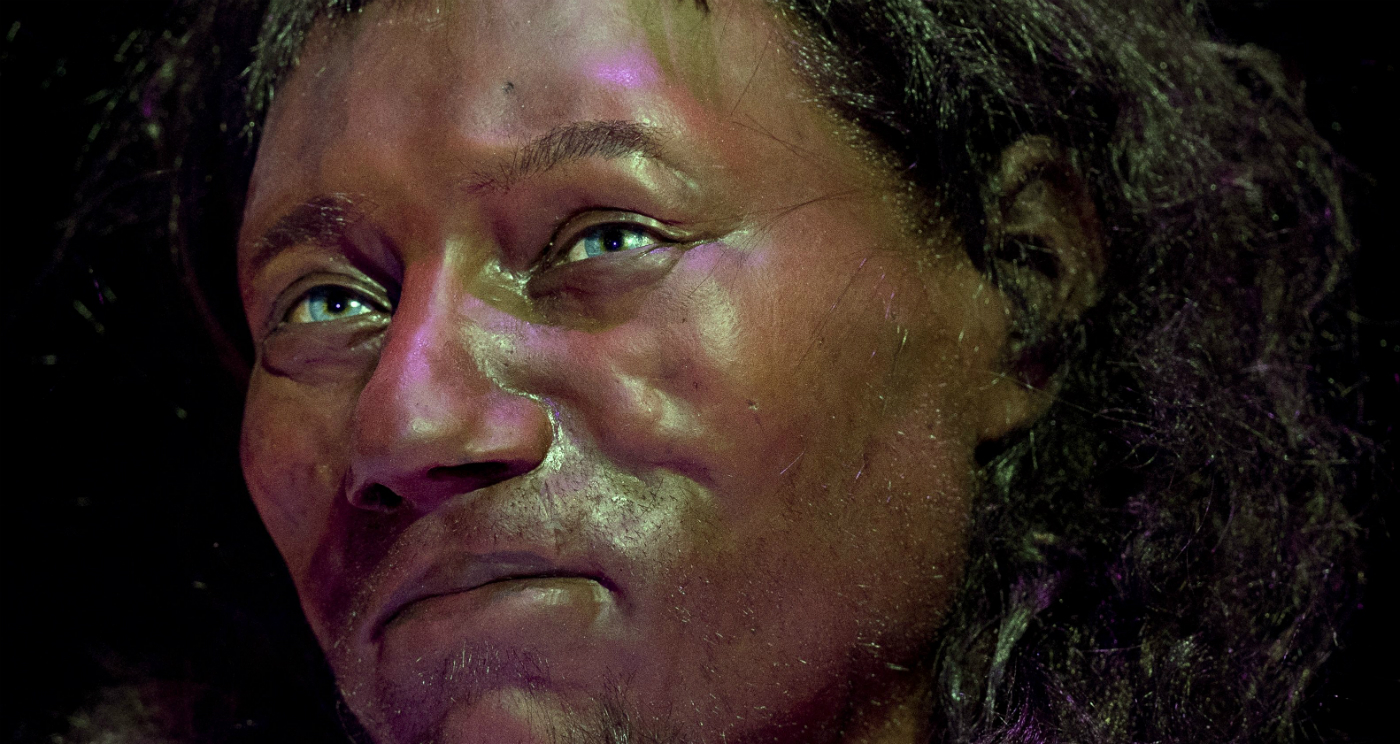Dorothea Bate: blue plaque for Natural History Museum's first woman scientist
‘Fearless’ self-taught archaezoologist travelled the world in search of fossils

The first female scientist to work for the Natural History Museum is to be commemorated with a blue plaque in her hometown.
The plaque will be installed in a ceremony at Napier House in Carmarthen, south-west Wales, the childhood home of Dorothea Bate, an expert in the study of animal remains.
Born in 1878, Bate received little formal education but developed a passion for zoology, particularly the study of birds.
The Week
Escape your echo chamber. Get the facts behind the news, plus analysis from multiple perspectives.

Sign up for The Week's Free Newsletters
From our morning news briefing to a weekly Good News Newsletter, get the best of The Week delivered directly to your inbox.
From our morning news briefing to a weekly Good News Newsletter, get the best of The Week delivered directly to your inbox.
Self-taught but full of confidence, at the age of 19 she travelled to the then-fledgling Natural History Museum in London. Undeterred by the fact that the museum employed no female scientists, she asked for a job in the Bird Room.
“Within an hour she was working at a sorting table, arranging bird skins into their respective species with assurance and skill,” Miles Russell writes in a review of a 2005 biography of Bate.
She would work for the museum for the rest of her life, becoming a pioneer in the emerging field of archaeozoology, the study of historical animal remains.
Her fossil-gathering expeditions “took her as far afield as Cyprus, Malta, Crete, China and Palestine,” says the BBC, and items she collected in her travels can still be seen in the museum’s cabinets.
A free daily email with the biggest news stories of the day – and the best features from TheWeek.com
“Partial to dynamite, and given to excavating through high fevers, her fearless collecting trips led to the discovery of many extinct Mediterranean island species,” writes paeleobiologist Tori Herridge on TrowelBlazers, a blog which celebrates the careers of pioneering female archaeologists.
In a time when it was still rare for a woman to travel alone, Bate’s solo treks to remote and inaccessible sites around the world won the admiration of her scientific contemporaries, according to her biographer, Karolyn Shindler.
Edith Hall, an American archaeologist who met Bate during an expedition to Crete in 1904, was among those struck by her courage and competence:
“She was one of the jolliest, most capable, and fearless girls I ever knew,” Hall wrote in a letter to her family.
During the Second World War, Bate worked at the National History Museum’s zoology hub in Tring, Hertfordshire, and was named officer-in-charge there in 1948. She died of a heart attack three years later, at the age of 72.
-
 Political cartoons for December 7
Political cartoons for December 7Cartoons Sunday’s political cartoons include the Trump-tanic, AI Santa, and the search for a moderate Republican
-
 Trump’s poll collapse: can he stop the slide?
Trump’s poll collapse: can he stop the slide?Talking Point President who promised to ease cost-of-living has found that US economic woes can’t be solved ‘via executive fiat’
-
 Codeword: December 7, 2025
Codeword: December 7, 2025The daily codeword puzzle from The Week
